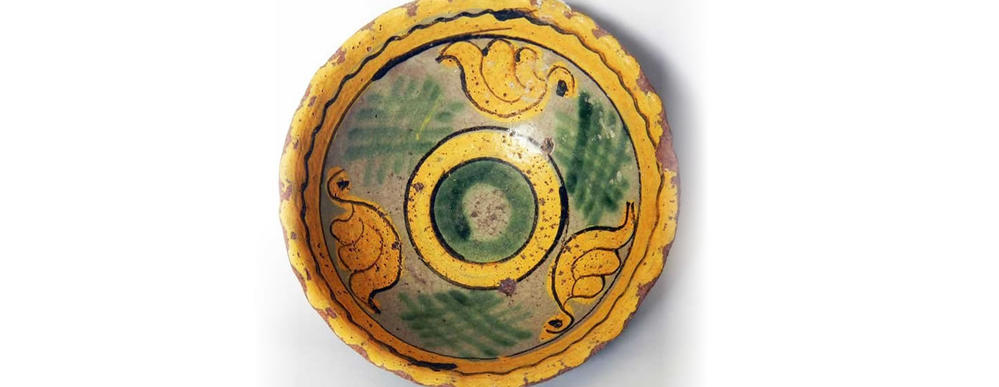Posted on Jun 24, 2018 |
The ‘Mayolica Ceramic’ is a kind of glazed pottery that has been produced since the 16th century in Guatemala, specially in Antigua Guatemala (Santiago de Guatemala by those days), San Miguel Totonicapán and in Guatemala City (the capital).
This ceramic has a natural white color and it is manufactured from tin, other colors are added in the second firing (oven bake).
Documents confirmed that sometime in mid 16th century, the first potters who came from Spain, but techniques for producing ceramic had to be adopted and changed based on the materials available in the region to make artifacts that were in demand by the Spaniards.
In Santiago de Guatemala (Antigua Guatemala) there were potters who preserved the prehispanic ceramic tradition, however from the seventeenth century began a great boom of local manufacturers that changed the style to make it unique to Guatemala, this trend continues to this day.
One of the characteristics of these art pieces is that these undergo double cooking. During the first one, the ceramic is cooked out at a temperature of approximately 700 degrees Celsius, each piece is given what they call "Bizcochado (biscuited)", that is to say, a solid surface is to allow each piece once the ambient temperature has been reached, to be submitted to a new process of enamels based on oxides application.
Once the each piece is decorated with designs and colors, they do not show the shine and brightness colors you see in the final product at this point yet, but it is until all the pieces are taken to the second cooking at a temperature of 1000º in a brick oven system of rustic technology, but quite effective for the purpose. The yellow color used to be obtained from antimony; the green color from copper oxide and the black from the iron oxide. The white-cream tone used as a base was obtained from lead.
Latest Posts
-
Easter Week 2025 Schedule Processions Antigua Guatemala
- Mar 02, 2025 -
Ten Beautiful Words in the Spanish Language
- Jul 13, 2024 -
Easter Week 2024 in Antigua Guatemala
- Feb 04, 2024



